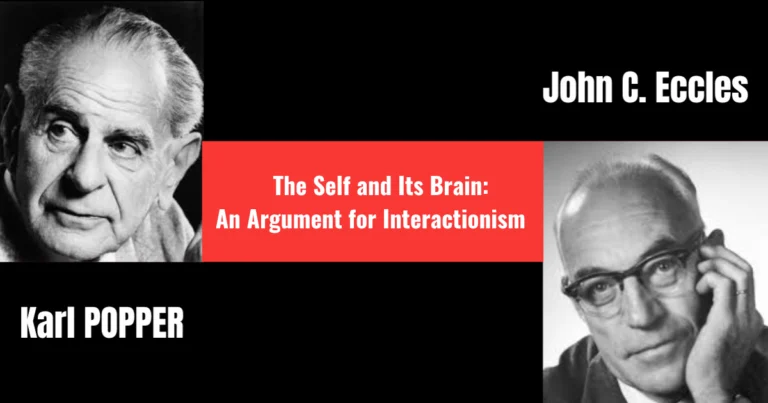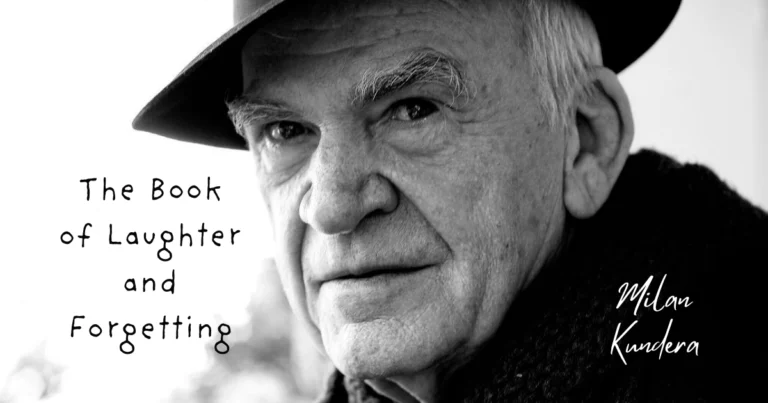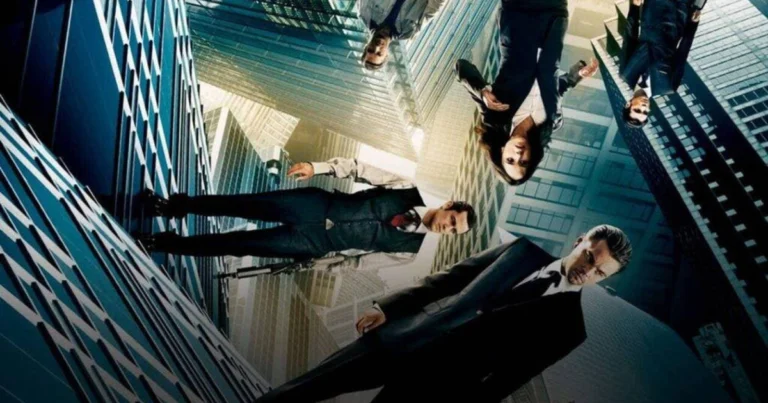The shining: The enduring terror of Stanley Kubrick
Ever since cinema rose to become one of the most popular art forms, fear and film have forged an unbreakable alliance. In The Shining, Kubrick, the king of cinematic terror, invites us on yet another adventure that delves into the subconscious fears we all carry.
When Martin Scorsese was asked about his view of Stanley Kubrick’s work, he replied, “Watching a Kubrick film is like standing in a valley, looking up at the highest mountain peak. You wonder how anyone could climb that high.”
During his career, Kubrick directed 13 feature films over the course of more than 45 years. Every one of these films was harshly criticized upon its initial release, only to become a cinematic classic later on. Four of his works are included in the American Film Institute’s Top 100 list. Behind his genius lay an ultra-perfectionist mind, those who knew or worked with him often remarked on his extreme rigor. On the set of A Clockwork Orange, actor Malcolm McDowell was asked to redo certain takes over 50 times, describing the seven-month shoot as “hell.” He was not alone in encountering Kubrick’s exacting standards. During the filming of The Shining, Shelley Duvall, who portrayed Wendy, told reporters she would never work with Kubrick again, recalling how she had to repeat certain scenes over 40 times. By way of motivation, Kubrick would remind her, “Nothing great was ever achieved without suffering.”
Technical crews fared no better under his demands. Many endured Kubrick’s obsession with detail. It is said he examined more than 2,000 chairs before selecting one for 2001: A Space Odyssey. His need for control was legendary. According to the set designer for that film, “Stanley is an extremely difficult and talented man. We developed a very close relationship, and now I live on tranquilizers.”
Kubrick’s very first feature, Fear and Desire (1953), did not escape his perfectionism. He tracked down and destroyed every reel of the movie he could find, eventually banning any public screening. He described it as a “clumsy amateur exercise,” a telling indicator of the high standards he set for himself. When asked about his almost obsessive commitment to perfection, Kubrick answered, “If Napoleon hadn’t commanded his troops with such precision, they would never have marched into the right city on the right day.”
His films reflect both talent and despotism, a strong “will to power” that pervades his works. Behind the scenes, however, Kubrick was famously shy. He disliked public attention, lived reclusively in a London-area manor, and rarely went out, earning him the nickname “the Howard Hughes of movie directors.”
From page to screams: King’s original Shining
In 1980, Kubrick ventured into new territory with The Shining, now regarded as one of the greatest classics of horror cinema. The film was adapted from The Shining, a novel published in 1977 by a then up-and-coming writer, Stephen King.
The film is an adaptation of the novel The Shining, published in 1977 by Stephen King, who was emerging as a rising literary star at the time.
In the book, former professor and recovering alcoholic Jack Torrance takes a position as the winter caretaker at the Overlook Hotel in the Colorado mountains. He sees this as an opportunity to redeem himself in his family’s eyes and hopes to use the isolation to write his breakthrough play. Jack’s son, Danny, possesses a psychic gift known as “the shining,” which allows him to see the spirits haunting the hotel and the atrocities that once took place there.
Gradually, the hotel’s malevolent force takes hold of Jack, turning him into its instrument of evil as he attempts to murder his wife and son. With Danny’s unique ability, and the help of both his mother and the hotel cook, Dick Hallorann, who shares the same gift, the family fights back against the hotel’s dark forces, ultimately putting an end to both Jack’s rampage and the lingering evil within the Overlook.
A director’s twist: How Kubrick rewrote King’s terror
When Kubrick decided to adapt King’s novel, he worked closely with novelist and screenwriter Diane Johnson to shape the story according to his own vision. This collaboration displeased Stephen King, who felt Kubrick had betrayed the essence of his work.
Kubrick discarded many horror-movie norms for The Shining. Gore was minimized, and several scenes that did not align with his concept were removed. Notably, he abandoned the novel’s climactic ending in which the Overlook’s boiler, symbolic of the hotel’s malevolent core, explodes, destroying Jack and the evil within. That sort of conventional horror-film conclusion held no interest for Kubrick. He even makes a nod to this idea in the movie during Jack’s job interview, when the manager mentions that the boiler must be monitored regularly. Jack’s wry smile and “That seems quite doable” may be Kubrick’s way of saying he could produce a standard horror ending if he wished, but that was not his intent. Whereas King’s novel ends in fire, Kubrick’s film ends in ice, with Jack freezing to death.
Gilles Deleuze, discussing Kubrick’s cinema, writes: “In Kubrick’s work, the world itself is a brain; there is an identity between the brain and the world—like the great circular and luminous table in Dr. Strangelove, the giant computer in 2001: A Space Odyssey, or the Overlook Hotel in The Shining.” He adds: “In The Shining, how can we determine what comes from within and what comes from without—extrasensory perceptions or hallucinatory projections?”
These changes were not motivated by spite or vanity; they reflected Kubrick’s cinematic philosophy. His approach in The Shining is starkly pragmatic, he rejects flashbacks that would explain Jack’s history with alcoholism. By avoiding such Freudian interpretations, Kubrick offers no deeper psychological root for Jack’s descent into madness.
Building horror on screen
Kubrick’s style in The Shining also veers from typical horror conventions. Most scenes occur in daylight, eschewing the usual dark visuals that other directors use to evoke fear. He avoids the infamous “jump scare” and opts instead for a languid, almost hypnotic pace. The film gradually immerses viewers in Jack’s unraveling psyche. This pervasive, subdued dread mirrors the anxiety found in Kafka’s works, The Metamorphosis in particular served as a major literary inspiration for Kubrick.
Mazes, mythology, and fairy tales
The theme of the maze is central to The Shining. Outside, there is the famous hedge maze, where the final chase unfolds. Inside the hotel, there is a scale model of this labyrinth. The hotel corridors themselves wind endlessly, imparting a sense of vertigo, and the sprawling kitchen feels like a maze from which Wendy fears she may not escape. Even the iconic carpet, with its mesmerizing geometric design, contributes to this claustrophobic atmosphere.
In Kubrick’s vision, the maze is more than just a set piece, it symbolizes the mind, linking physical space to psychological landscape. One example is Danny’s tricycle ride along the Overlook’s corridors, suggesting a journey through his father’s subconscious. This raises a central question: is evil intrinsic to humanity, or do external forces shape us? Is Jack possessed by the Overlook, or does he project his inner demons onto the hotel?
Film theorist Gilles Deleuze commented that in Kubrick’s cinema, “the world itself is a brain. There is an identity between the brain and the world, like the large circular table in Dr. Strangelove, the giant computer in 2001: A Space Odyssey, or the Overlook Hotel in The Shining.” He adds, “How do we decide what comes from inside and what comes from outside, extrasensory perceptions or hallucinatory projections?”
Mythological references also abound, with the legend of the Minotaur looming largest. This influence becomes clear when Wendy, standing in the Overlook’s huge kitchen, jokes about needing to leave a trail of breadcrumbs “every time I come in here,” recalling Ariadne’s thread. Fairy tales receive their due as well: Hop-o’-My-Thumb, The Three Little Pigs, and Bluebeard are all subtly woven into Kubrick’s narrative. In preparation, Kubrick studied numerous works, including Bruno Bettelheim’s The Uses of Enchantment: The Meaning and Importance of Fairy Tales.
Watching a Kubrick film can be a demanding experience. His perfectionism ensures that no detail is superfluous. Any attempt at a comprehensive summary will inevitably fall short, and no single interpretation can exhaust the depth of his artistry. Every viewer brings a subjective reading to the film, reshaping its meaning and renewing its mysteries with each encounter.
In conclusion, Kubrick’s work resists any final analysis. Through uncompromising artistic rigor and meticulous attention to detail, he created films that transcend time, continuing to captivate generation after generation. They are not simply consumed; they are pondered, offering each viewer a deeply personal experience. It is this wealth of nuance and depth that makes his filmography an inexhaustible collection of masterpieces, where every rewatch rekindles the sense of wonder.
References :
Ciment, M. (2001).Kubrick: The Definitive Edition (Translated by G. Bould). Faber & Faber. (Original work published in French in 1999.)
Deleuze, G. (1989).Cinema 2: The Time-Image (Translated by H. Tomlinson & R. Galeta). University of Minnesota Press. (Original work published in French in 1985.)

Amine Lahhab
Television Director
Master’s Degree in Directing, École Supérieure de l’Audiovisuel (ESAV), University of Toulouse
Bachelor’s Degree in History, Hassan II University, Casablanca
DEUG in Philosophy, Hassan II University, Casablanca







